Champagne Franck Pascal Reliance en Bouteille
Profile
-
Fruit
-
Body
-
Dryness
-
Freshness
-
Alcohol
Variety
Flavours
-

-

-

-

Glass

Serving Temperature

Food pairing
-

-

-

Maturity
Drink nowYou may like these...
More about this product
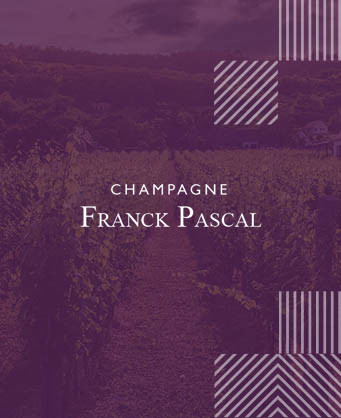
Champagne Franck Pascal
Franck decided to experiment with conventional, organic and biodynamic practices at the same time, and after finding that biodynamic cultivation gave excellent wine minerality, he fully adopted this method. Only on 4 hectares, the property is extremely fragmented and covers 20 plots in 7 municipalities. The soils are mostly clayey-calcareous. Pieces of flint (the stone with which the Cro-Magnons sharpened blades) are invariably present in the impurities of the various plots. Over 70% of the vineyards are planted with Pinot Meunier, 20% with Pinot Noir and the rest with Chardonnay. Part of the property is cultivated by a horse because some plots are too steep to use a tractor. Yields are very low, only local yeast is used and no sulfites are added during vinification. You will find almost no barrels in the winery - neither for fermentation nor for aging. Franck believes that with its relatively rich soils, the wood will make the wine too heavy and earthy. It is difficult to find a more natural and natural wine in the whole of Champagne than that of Franck Pascal.
All wines of the same producer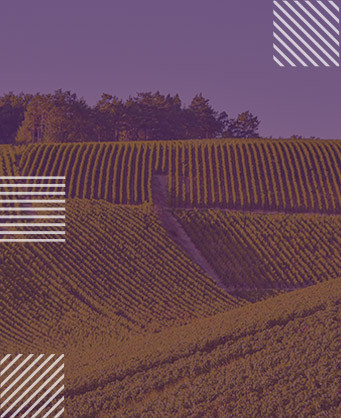
Champagne
The Champagne region is located to the northernmost of all the vineyards of France. The distinctive taste and purity of real champagne is certainly due to the calcareous soil and continental growing conditions. Unlike most other wines, it is characteristic of those from Champagne that the vintages of different years are blended to obtain a final product (non-vintage) or different wines from the same vintage are blended - in this case the wine is marked as vintage and its year is indicated on the label. This means, after all, that the quality of the champagne obtained depends very much on the balance between the quality of the grapes and the skills of the oenologists, which is why they are also promoted according to the name of the producer. Thus, in Champagne and around the world, the most famous names are Krug, Mumm, Bollinger, Veuve Clicquot, not to mention the well-known brands Dom Perignon, Moët & Chandon and Taittinger. The grape varieties in this region are Chardonnay, Pinot Noir and Pinot Meunier, which are present in different proportions in Champagne wines. The so-called Blanc de Blanc, made only from Chardonnay grapes, and Blanc de Noir, which is white champagne but made from red Pinot Noir grapes, are also often produced. A curious and little known fact is that in Champagne sparkling rose is made with a mixture of white and red wine, and not as is the standard for the production of rose wine.
More wines of this region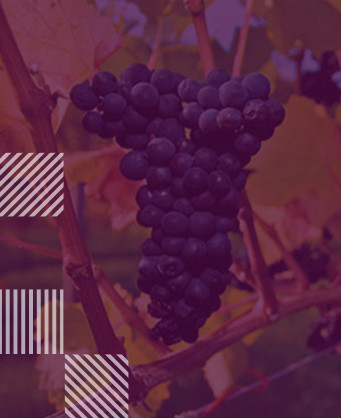
Pinot Noir
Pinot Noir is the dominant red wine grape of Burgundy, a challenge for every single vine grower and wine producer. It can be found in Germany (as Spätburgunder), Italy (Pino Nero), Chile, South Africa, Australia, New Zealand and the USA. The wines show a specific aroma of red berries and cherry depending on the vinification method employed - from fresh red cherries in lighter wines to stewed black cherries in weightier examples, many of them also showing hints of earthy flavours.
More wines of the same variety
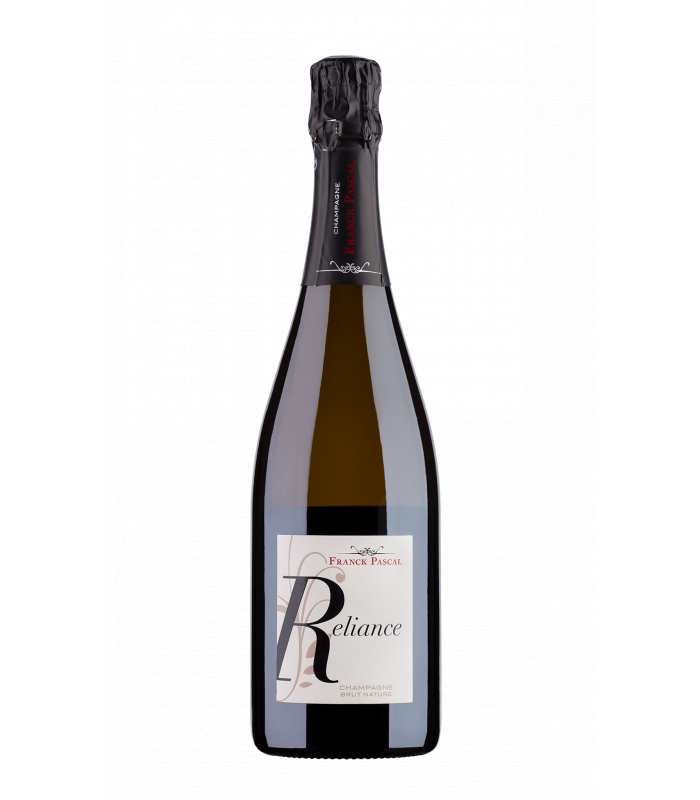


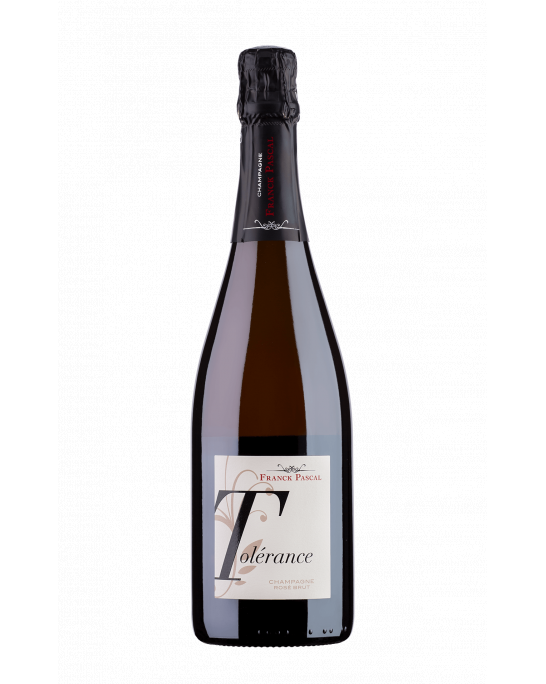
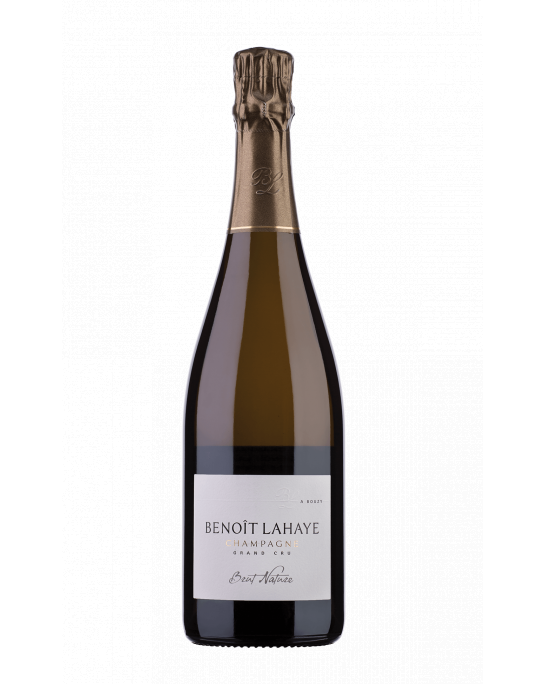
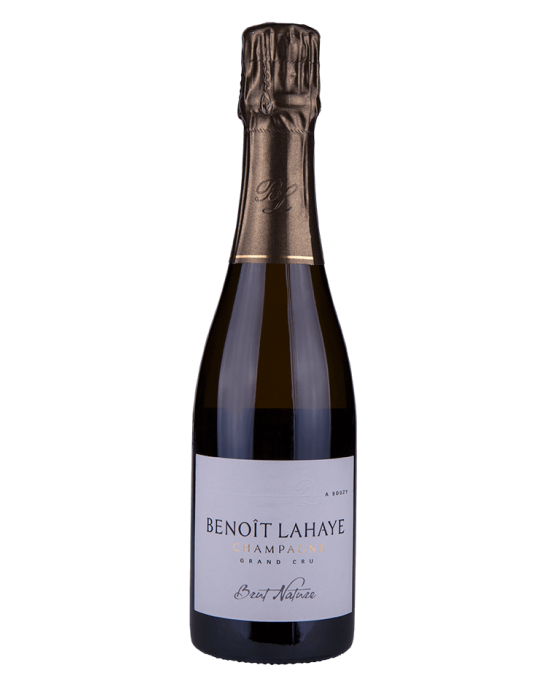
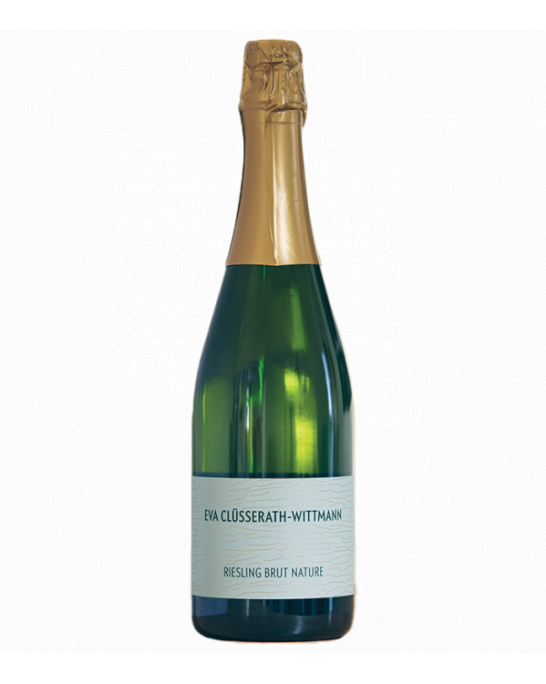
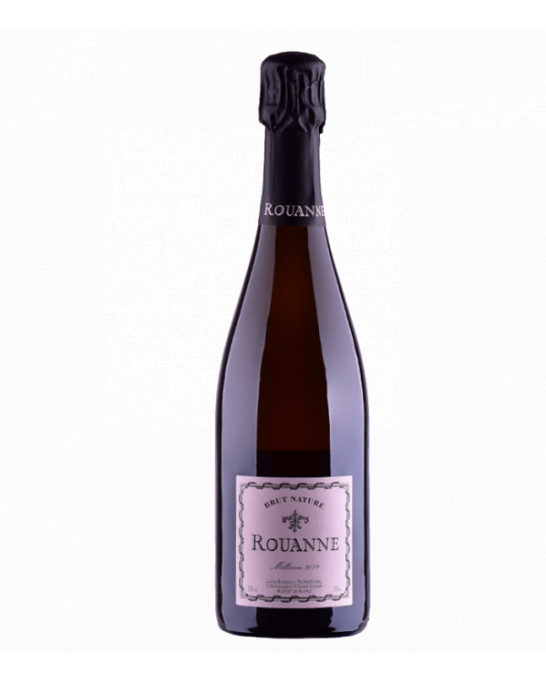
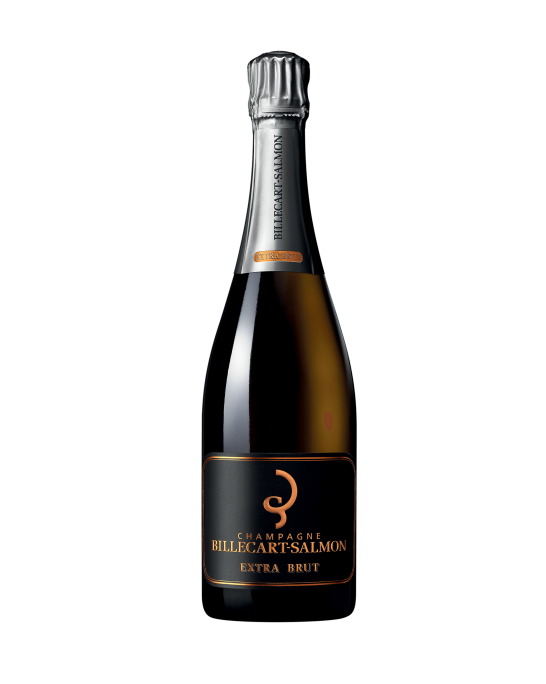
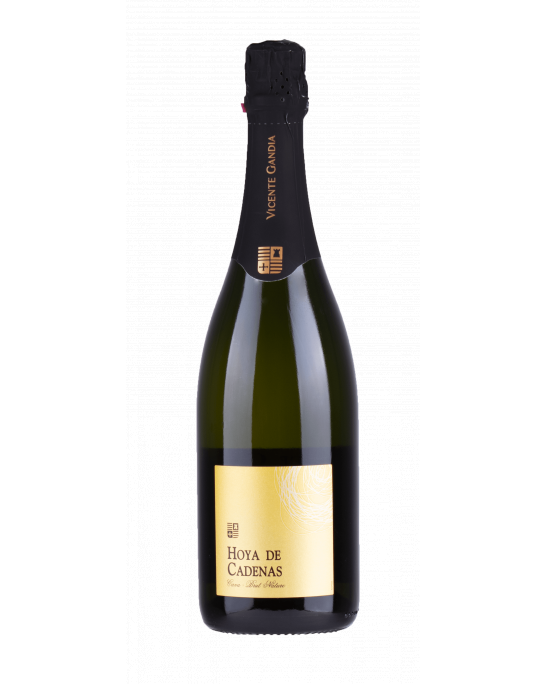
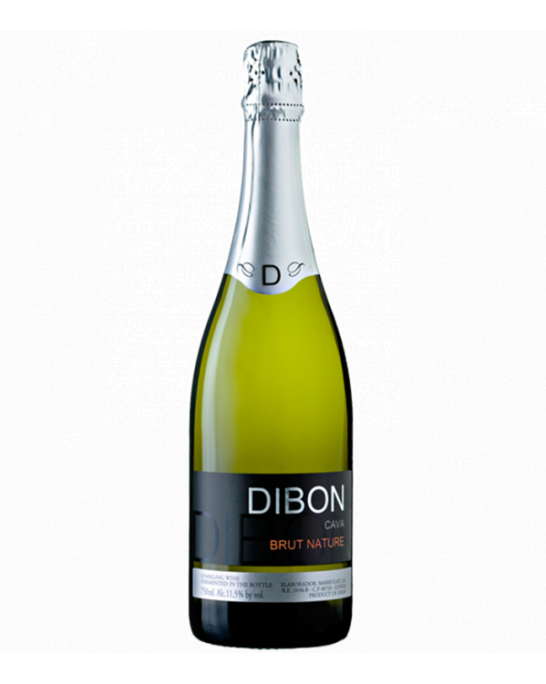
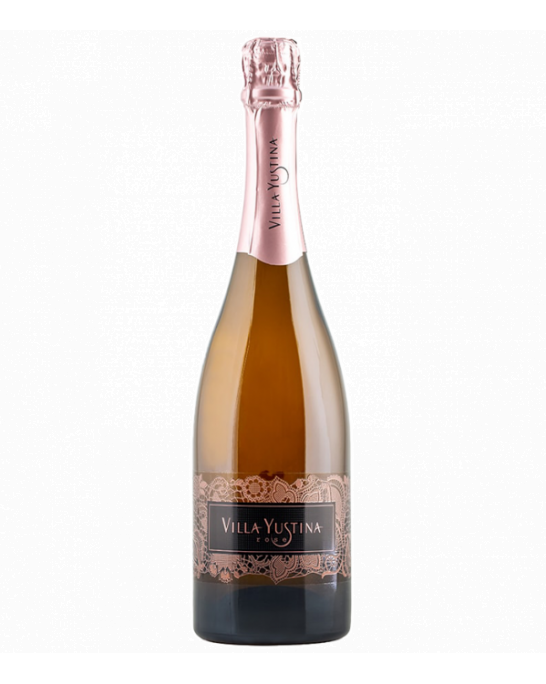
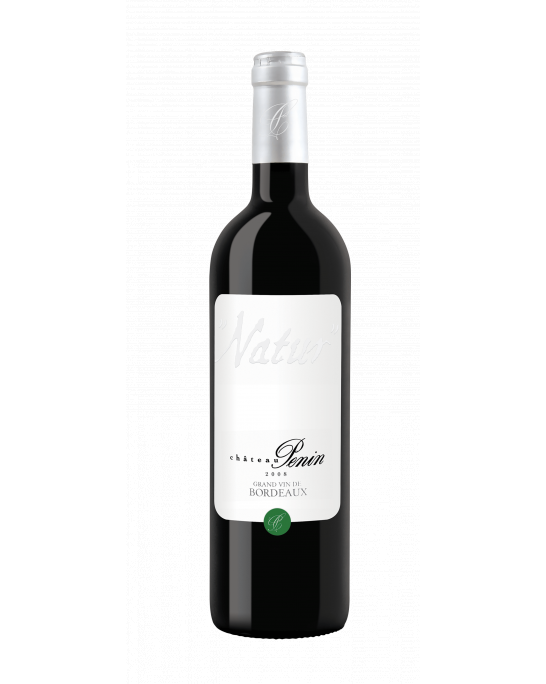
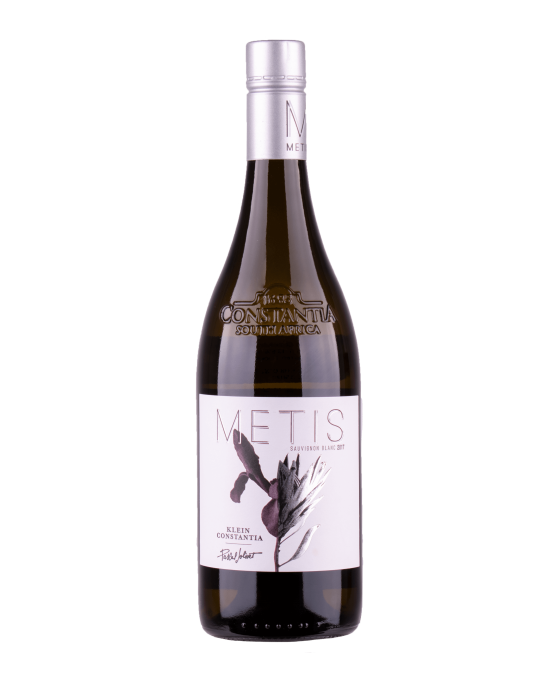
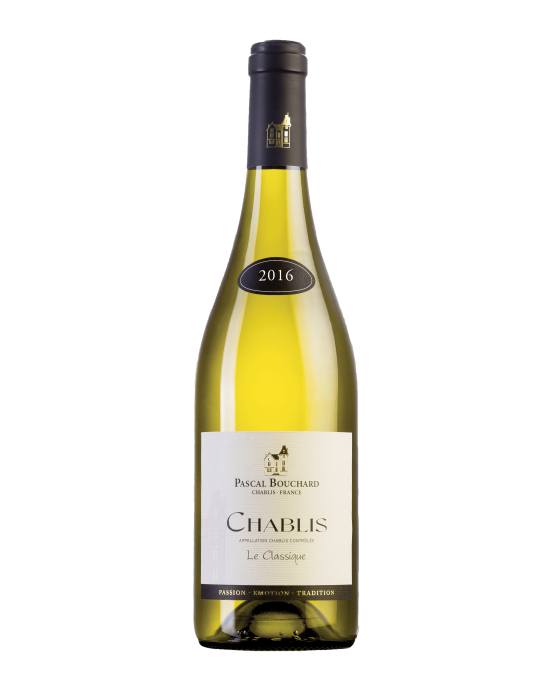
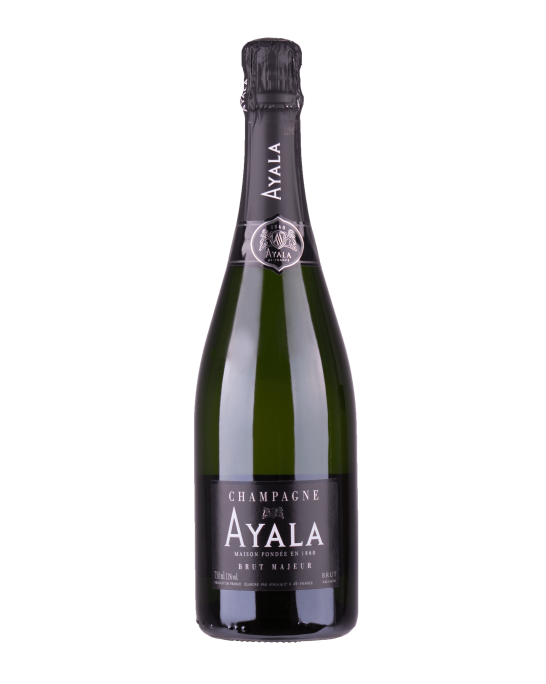
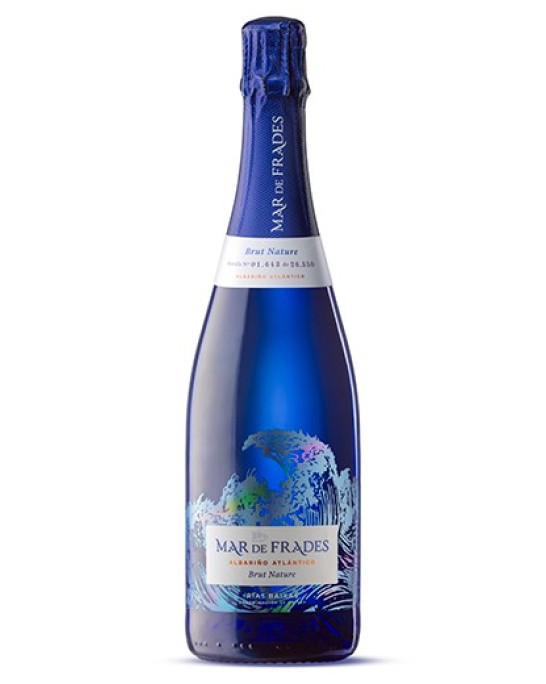
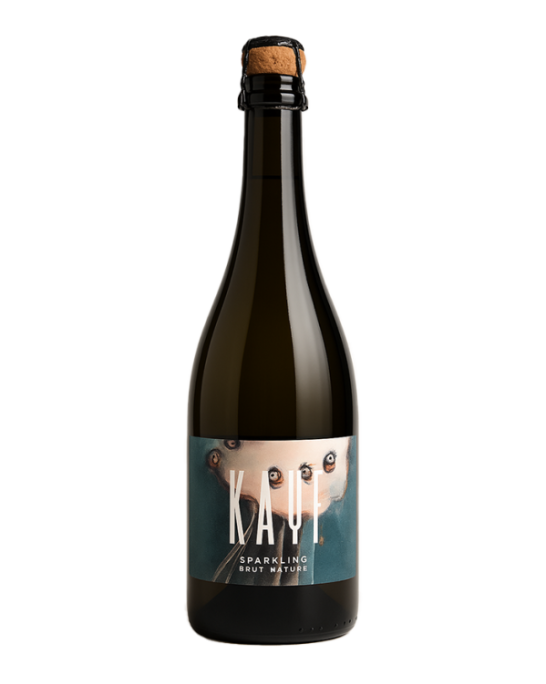
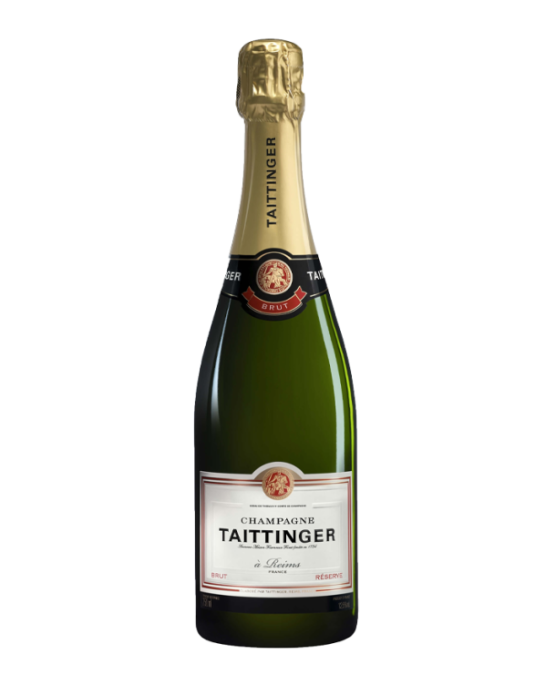
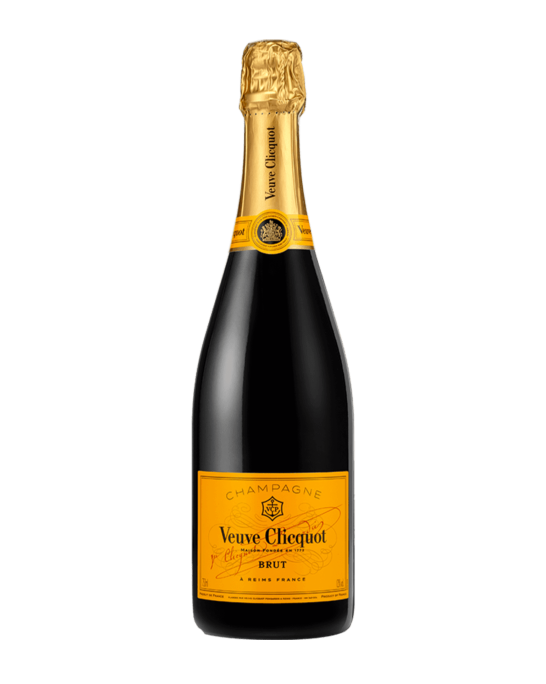
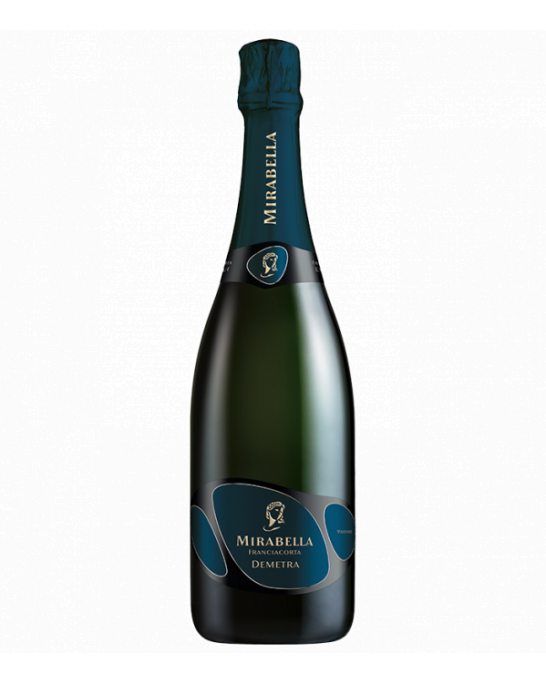
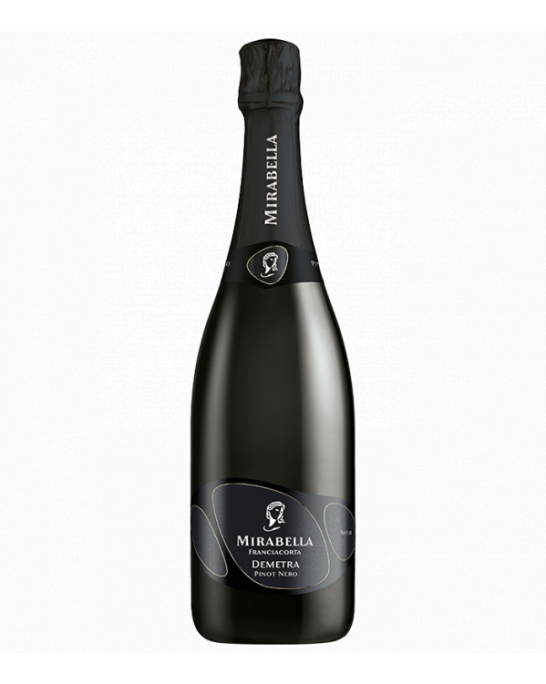
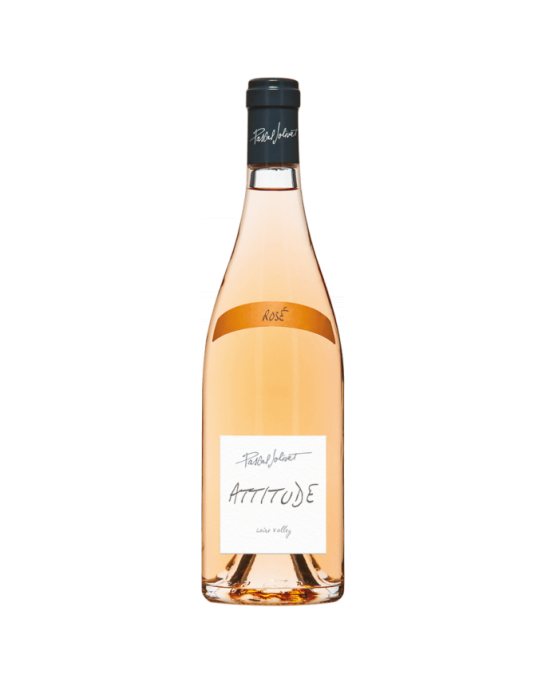
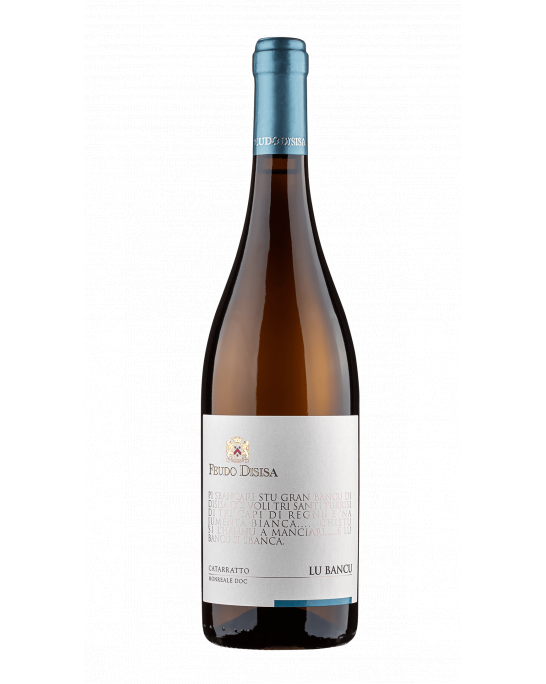
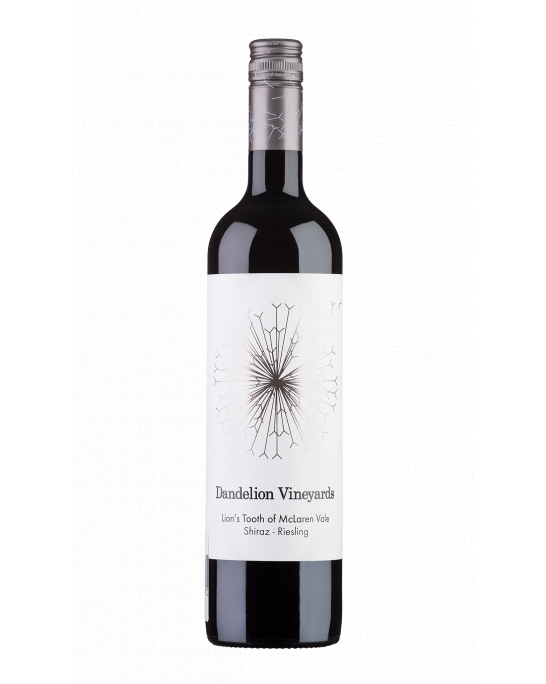
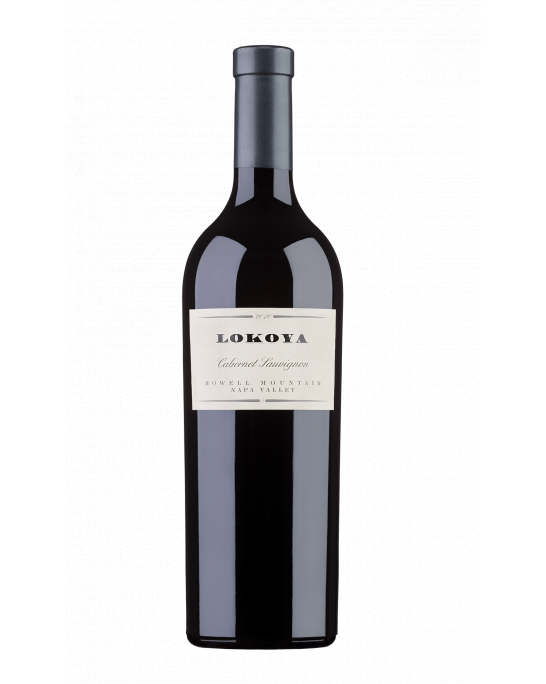
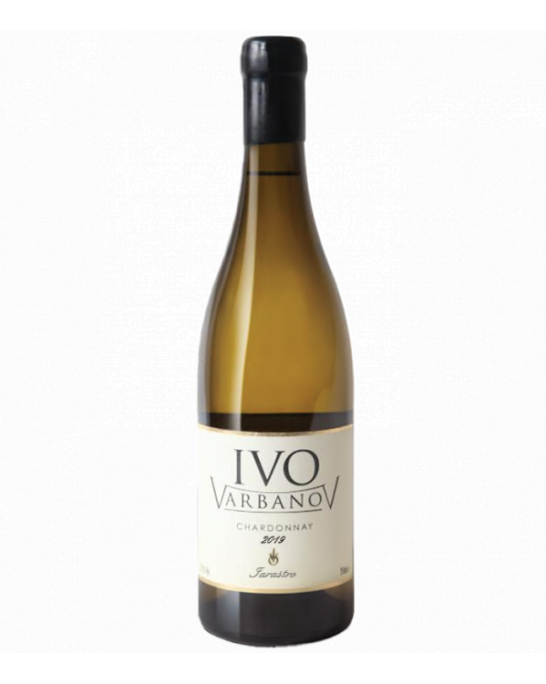
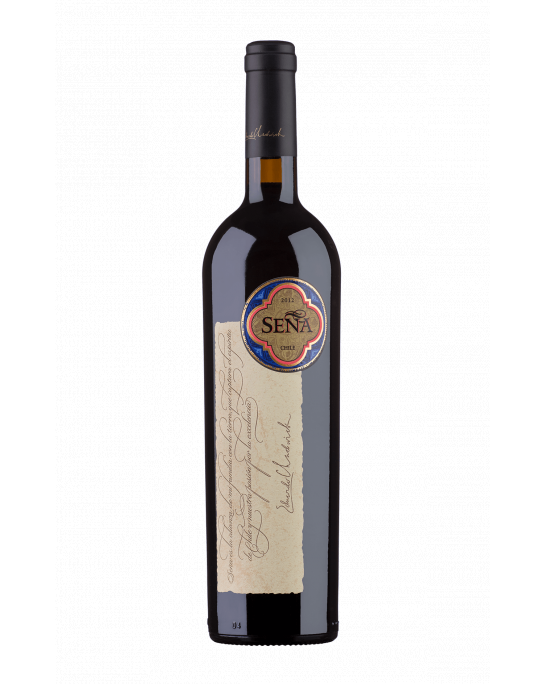
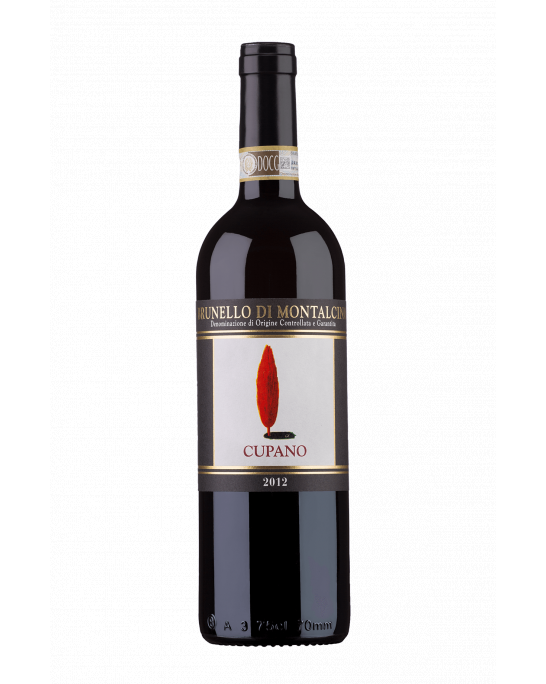
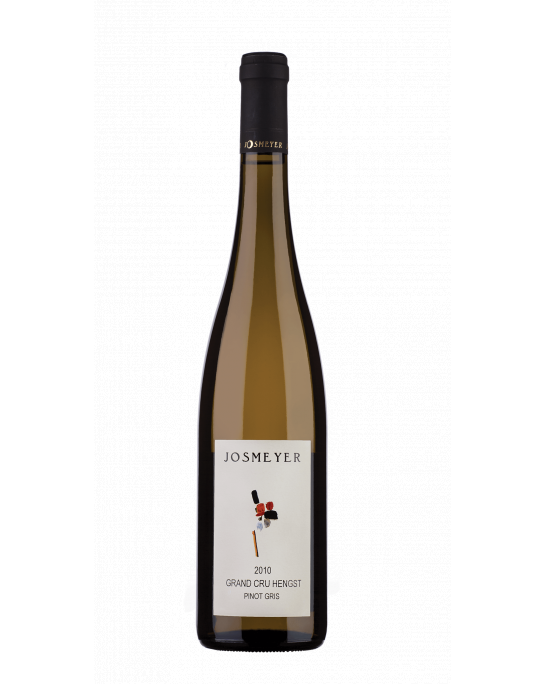
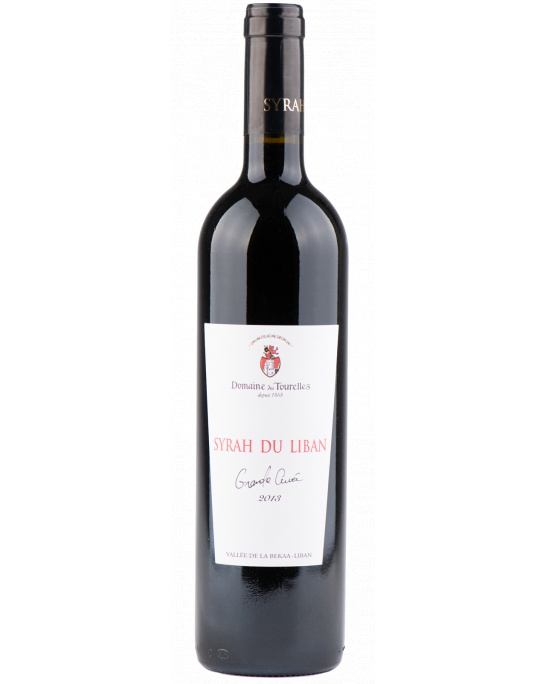
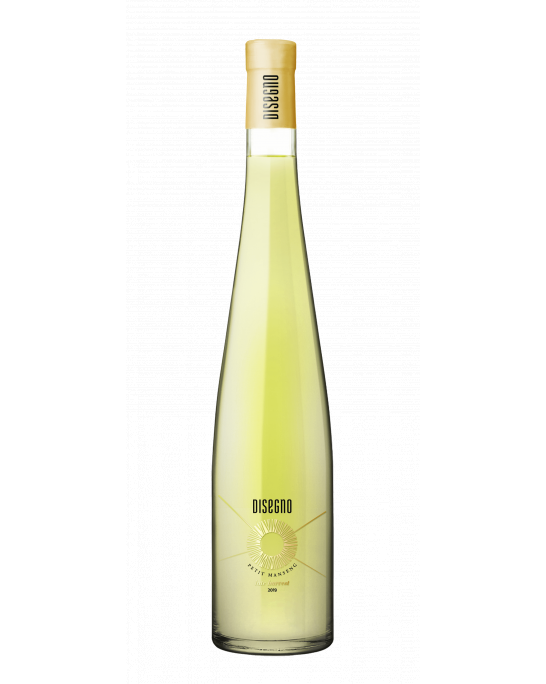
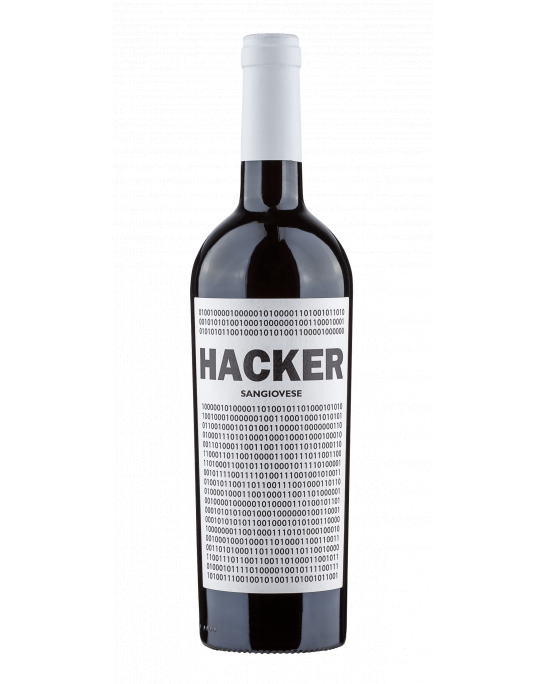
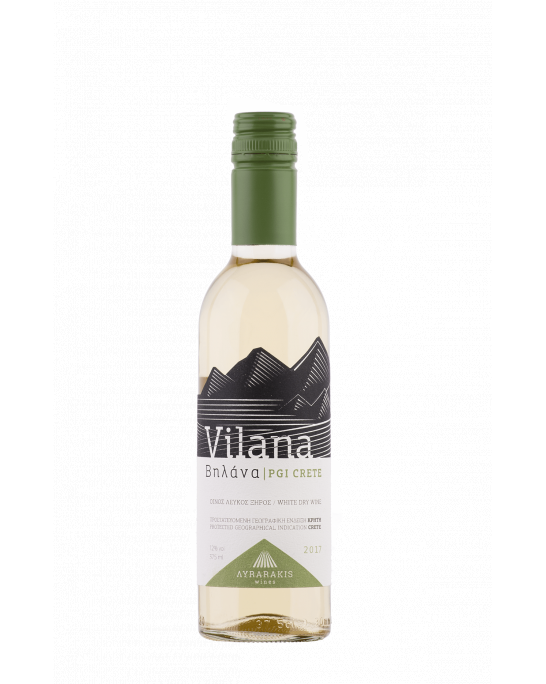
Customer reviews
No reviews available
Be the first to review